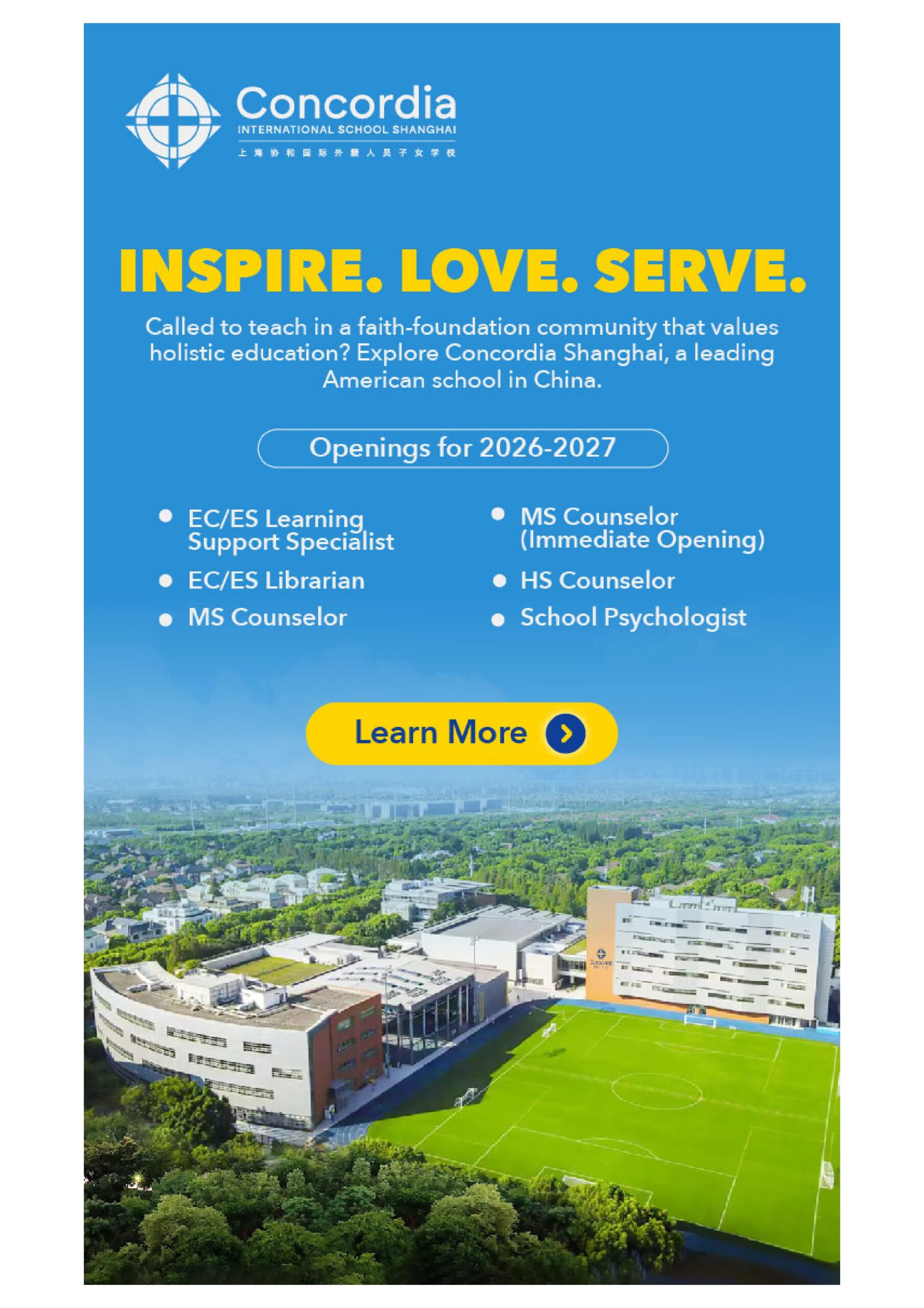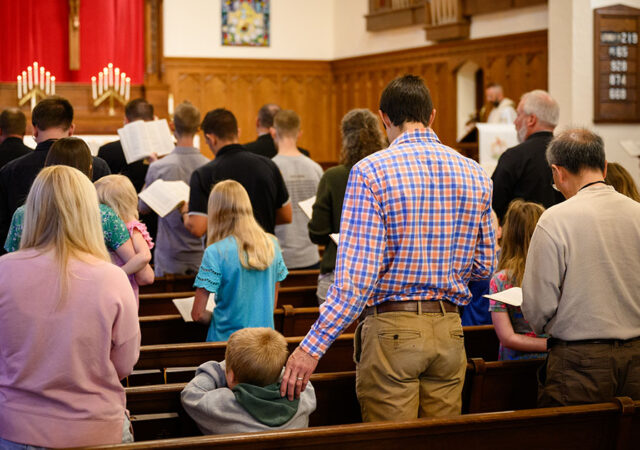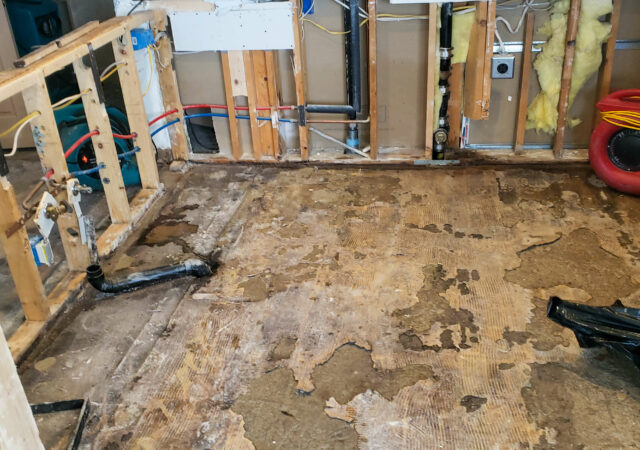By Paula Schlueter Ross
LCMS World Mission executive Rev. Yohannes Mengsteab is starting the new year happy and hopeful.
Happy because 103 Missouri Synod congregations have completed orientation to become Ablaze! “Covenant Congregations,” pledging to start up to four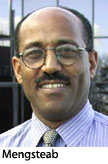 “daughter” churches each over the next decade.
“daughter” churches each over the next decade.
His goal for the end of 2007 was to have 100 congregations on board, taking seriously Christ’s Great Commission to preach and baptize beyond their walls.
“We have surpassed our expectations, which is an indication that this is the right thing to do at this time in our church body,” said Mengsteab, national director for new mission fields development.
He’s hopeful, too, because one of the Synod’s 35 districts — Southeastern — has met the challenge of having 10 percent of its member churches certified as Covenant Congregations. That means other districts might soon follow.
The short-term goal is 10 percent — or 600 — of the Synod’s 6,000 congregations seeing themselves as “mission outposts,” according to Mengsteab. “The long-term goal is that every congregation will become a planting congregation,” he says.
“Can you just imagine all 6,000 congregations planting one congregation [each] in the next 10 years?” he asks. “It would double our size.”
The Lutheran Church–Missouri Synod has seen its membership decline “because we are not taking the ministry of church planting seriously,” according to Mengsteab.
“The number of Christians in the United States has not grown proportionately to population growth,” he adds, “which indicates that there are a lot of people who need to hear the Gospel.”
It’s a positive sign that 100-plus Synod congregations so far have signed covenants with their districts and LCMS World Mission to make outreach their top priority, equip their members to witness their faith to others, and send and support their members in church planting, Mengsteab says.
As Covenant Congregations, they will have access to funding, assessments, and training from LCMS World Mission, Lutheran Church Extension Fund, Church Development Partners, the Center for U.S. Missions, and the two LCMS seminaries.
“I think congregations are excited about it,” Mengsteab told Reporter. “In the past, church planting was the responsibility of the districts, but now congregations are seeing this as their responsibility, as they are increasingly realizing that they are in the mission field.”
Dr. Jon Diefenthaler, president of the Synod’s Southeastern District (SED), says the Covenant Congregations idea “has come along at precisely the right time” because, while the SED has always been “mission-driven … in recent years we have been putting more emphasis on moving the mission forward through the planting of new congregations.
“Many of our existing congregations seem to agree because they are the ones who have helped us identify 170 opportunities for a new ministry start throughout our region.”
At its last convention in 2006, the SED adopted an Ablaze! goal to start 100 new ministries and congregations by 2017. A good number of those missions likely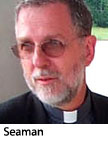 will be planted by the district’s 27 Covenant Congregations.
will be planted by the district’s 27 Covenant Congregations.
Interestingly, the SED did not ask any of its congregations to take part in the Covenant Congregations orientation, but simply “publicized the program and the congregations came in response,” according to Dr. William D. Seaman, the district’s mission and ministry facilitator for the Southern Region.
“Almost every trip I take to visit congregations, I hear someone identify a new location where they see the opportunity to begin a ministry or plant a new mission,” Seaman told Reporter. So, the fact that the district now has 10 percent of its congregations taking part in the Covenant program “is basically [due to] the attitude and mindset of the people of the Southeastern District,” he says.
Creating that “mission mindset” was due, in large part, to the district’s primary focus on “prayer and spiritual growth” for individuals and congregations, according to Seaman.
“We emphasize Word and sacrament ministry, and seek to be faithful to Scripture and the Lutheran Confessions, understanding that to be faithful implies fruitfulness,” he said.
The district also provides resources including Webcast presentations, annual districtwide gatherings of laity and church workers, and the development of “mission teams” to start new congregations. Two “Daughter Church Planting” seminars led by staff from the Center for U.S. Missions are scheduled for February, and Seaman expects representatives from many of the district’s Covenant Congregations to attend.
“Having this infrastructure in place makes the Covenant Congregations concept a natural for us,” he said. “We did not have to sell it — Covenant Congregations fits right in with what we were already doing.”
Although more than 100 LCMS congregations have committed to the Covenant Congregations effort, Mengsteab is seeking more congregations to take the lead in church planting Synodwide so more people can be reached for Christ. He urges any congregation that is interested in joining the effort to contact its district mission executive for more information.
Posted Dec. 27, 2007

